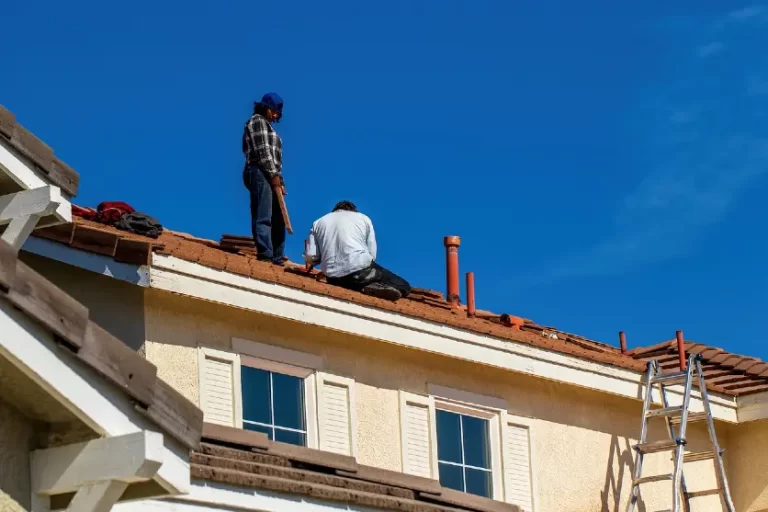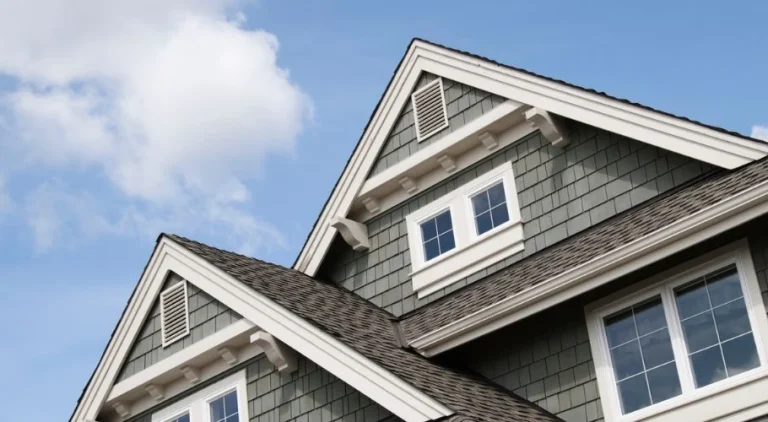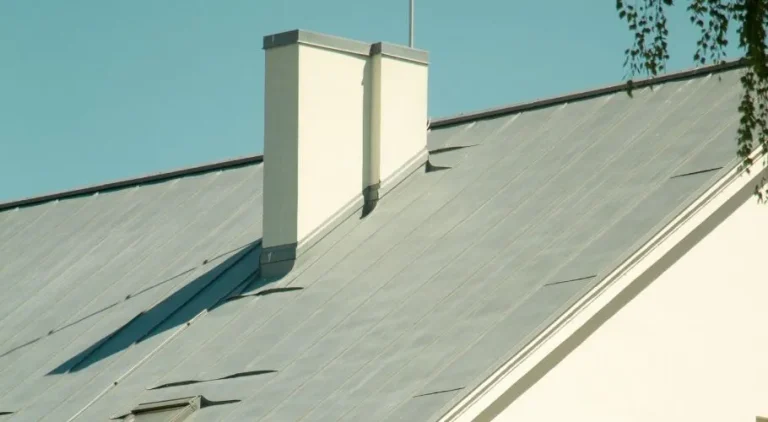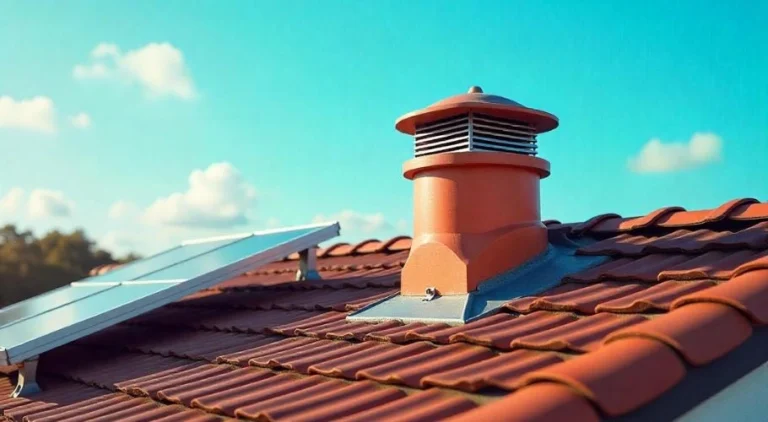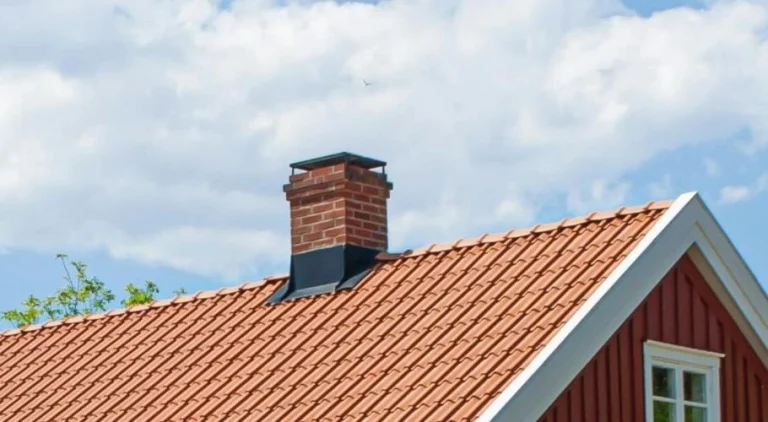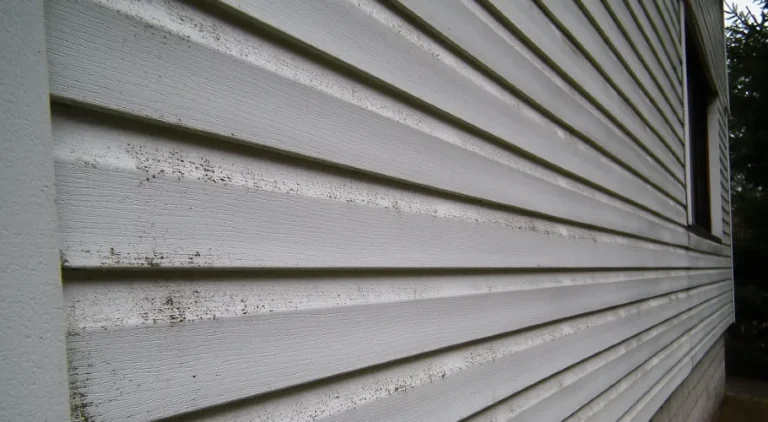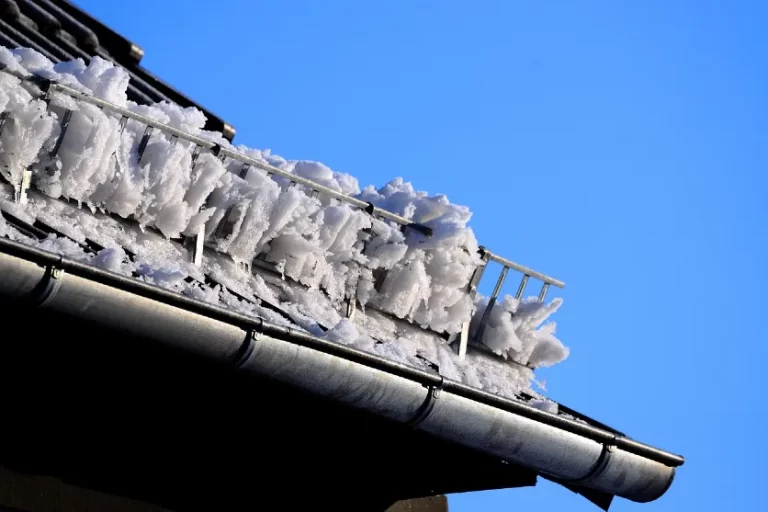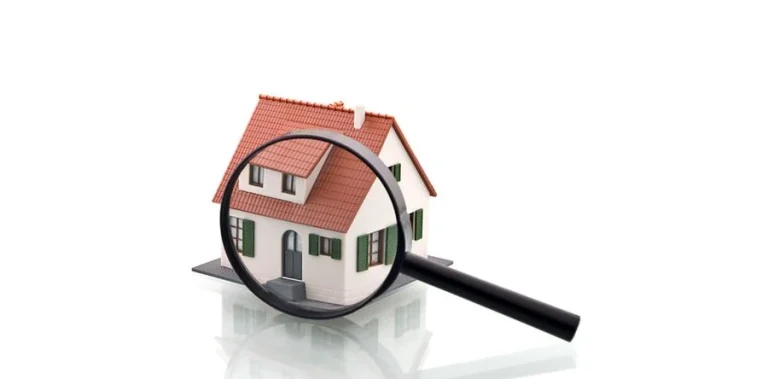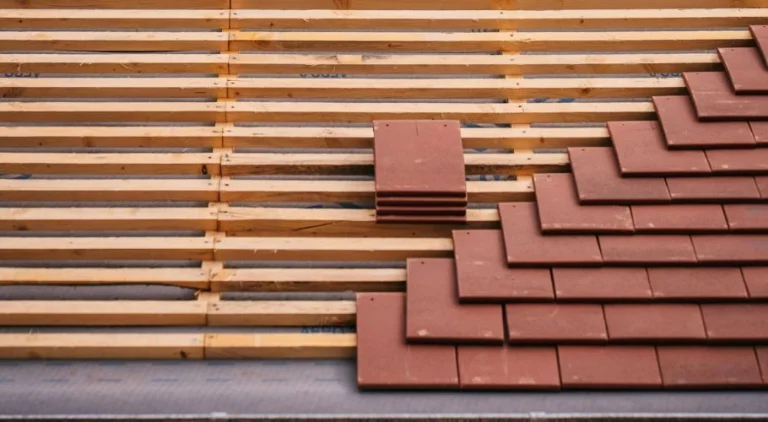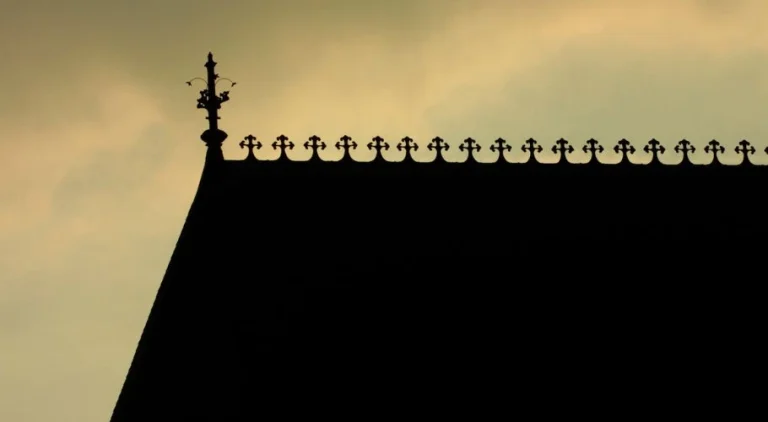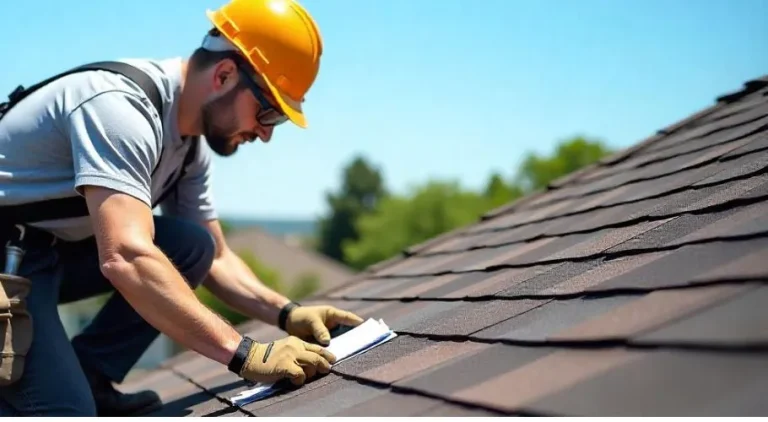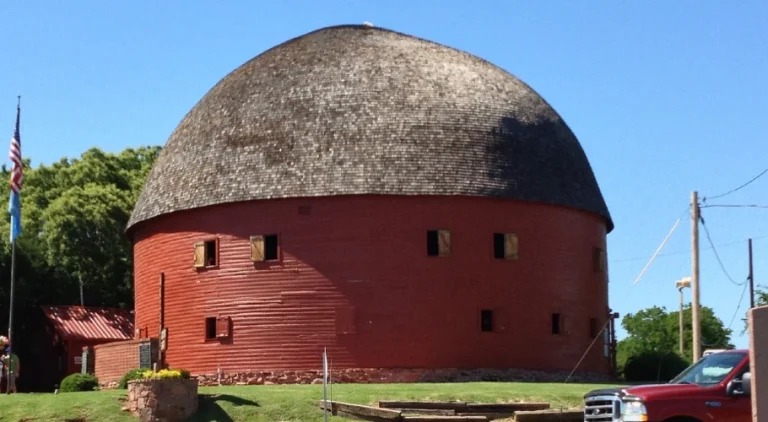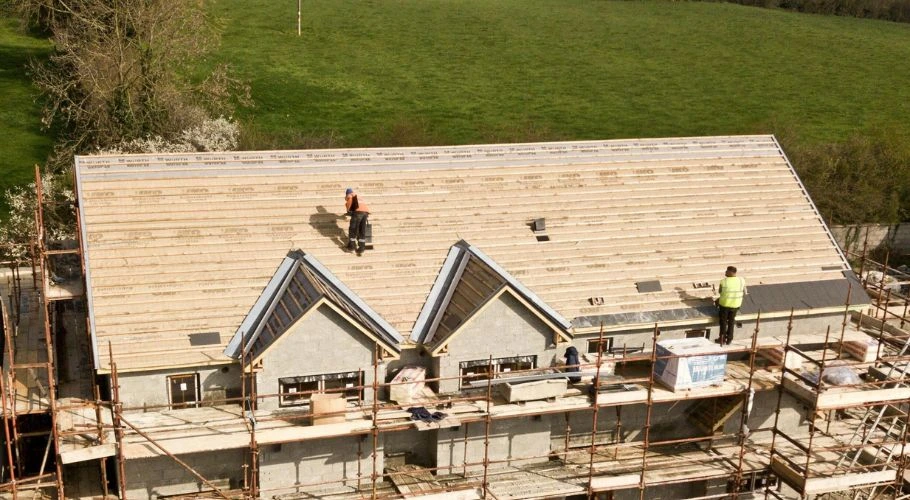Snowy Roofs and Christmas Magic: How to Safely Clear Snow
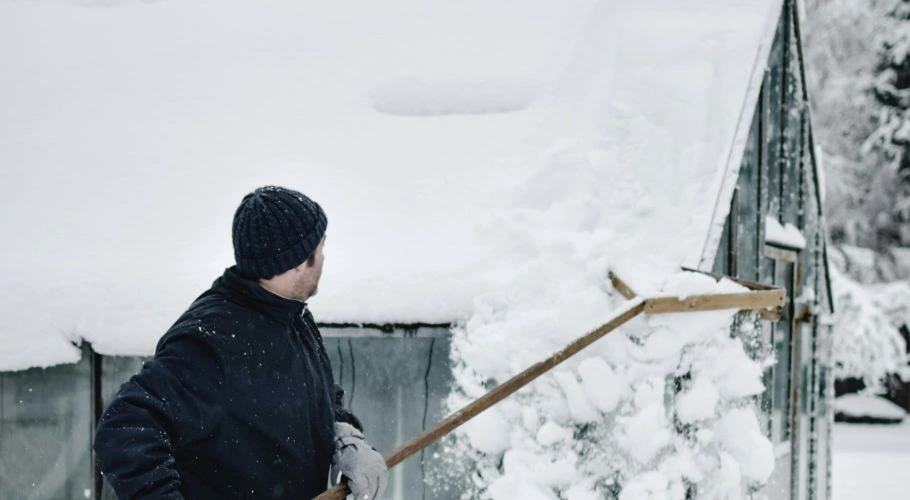
It’s the holiday season, and nothing says winter wonderland like a snow-covered roof. While the snow does add to the charm of Christmas, it can also cause trouble for your home if it piles up too much. Snow and ice can lead to leaks, ice dams, and even roof damage. Our team at Robbins Roofing wants to help you keep your roof safe during Oklahoma winters, so we’ll walk you through how to remove that snow safely without putting yourself—or your home—at risk.
Why You Shouldn’t Ignore Snow on Your Roof
Wet snow is heavy, and a few inches of it can add hundreds of pounds of extra stress to your roof. According to FEMA, a cubic foot of dry snow weighs around 7 pounds, while the same volume of wet snow can weigh up to 20 pounds. If your roof already has weak spots, this extra weight could lead to cracks, sagging, or even a roof collapse in the worst cases.
Another big issue is ice dams. These form when warm air inside your house melts the freshly fallen snow on the roof, only for that melted snow to refreeze at the edges. The ice blocks water from draining properly, forcing it under your shingles and into your home. This usually leads to leaks and water damage that are expensive to fix.
Ultimately, taking care of snow buildup early can help you avoid these problems and keep your home dry throughout the holidays.
How to Safely Remove Snow From Your Roof
1. Assess the Situation From the Ground

Before starting your roof snow removal process, do a quick assessment from the ground. Use binoculars and focus on places where snow tends to pile up, like valleys and flat sections. Also, look for icicles or water stains on your walls or ceiling inside which can be signs of ice dams.
If you notice anything that looks serious, like large ice formations or sagging areas, it’s time to call in the pros. Robbins Roofing can help with roof inspections and repairs to make sure your roof stays safe.
2. Use the Right Tools
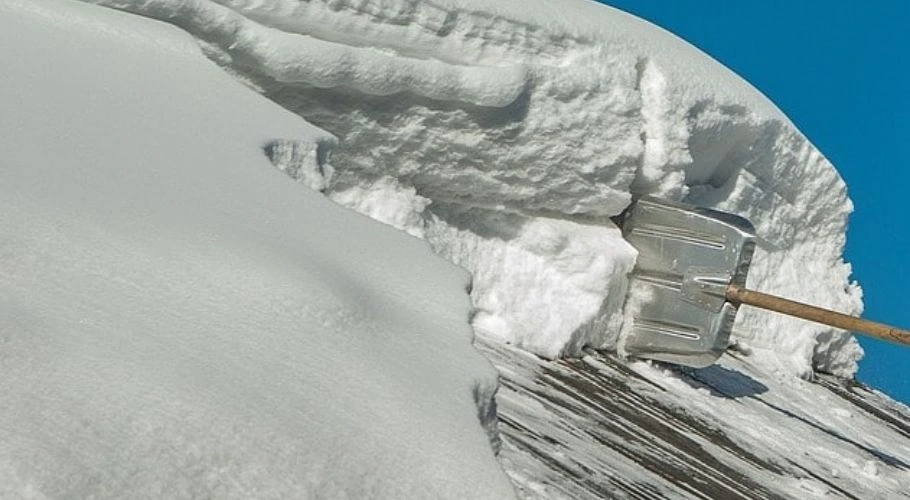
The tools you use can make or break your snow removal efforts. A roof rake is the best option for clearing fresh snow safely. Look for one with an extendable handle so you can work from the ground. Avoid using shovels, axes, or anything metal. These can scrape or gouge your roof, leaving it more vulnerable to leaks later on.
3. Work Slowly and Gently
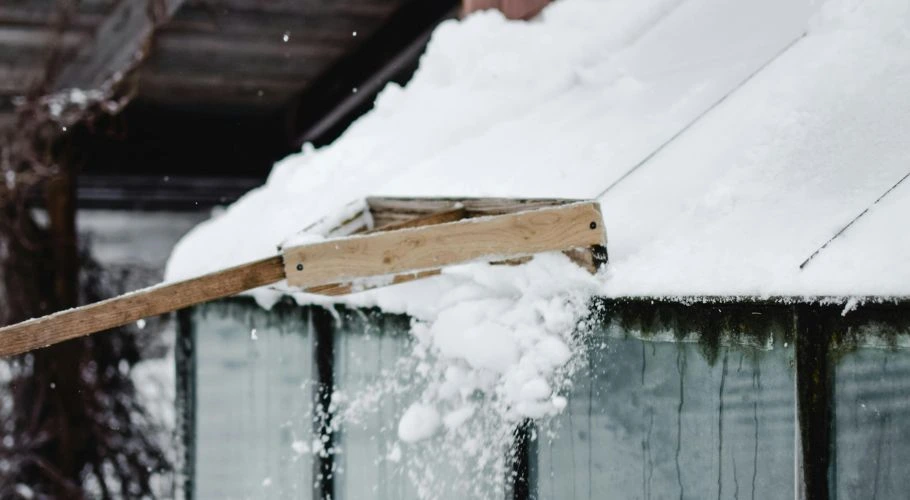
Removing Snow on Flat Roofs
Flat roofs are more likely to collect heavy piles of snow because the snow has nowhere to slide off. This makes them more vulnerable to weight-related issues, especially if you get wet, slushy snow. However, the good news is that flat roofs are generally easier to access, which makes snow removal a bit less intimidating. Here’s how to do it:
Use a plastic shovel. Avoid metal shovels—they’re too aggressive and can scrape the surface of your roof. It’s best to opt for a plastic shovel or a snow pusher with a wide blade.
Always work in sections. Start at one edge and work your way across the roof, clearing small amounts of snow at a time. Don’t pile the snow in one spot; toss it evenly off the roof to keep the weight balanced.
Leave a thin layer on the roof. Don’t try to scrape the roof completely clean. You don’t want to scrape too much to the point of damaging the actual shingles.
Removing Snow on Sloped Roofs
Sloped roofs are a little trickier, mostly because they’re harder (and more dangerous) to access. The steep angles make snow removal less about weight concerns and more about preventing ice dams and keeping the roof clear of buildup. These are the things to keep in mind:
Use a long-handled roof rake. This will let you pull snow down from the roof without having to climb up the roof itself. Go for one with a telescoping handle so you can reach higher spots.
Start from the edges of the roof then work upward in sections. Pull snow gently toward you and let it fall down on its own.
Don’t climb on the roof. Sloped roofs are slippery in the best conditions, and adding snow and ice makes it even riskier. Stick to working from the ground, and if snow is too much to handle, you can always call in a professional.
One tip for both flat and sloped roofs? Try to remove snow before it freezes into ice. Heavy snow is challenging, but solid ice on every square foot of your roof is an even bigger nightmare. Plus, it can cause more damage to your roof and gutters.
4. Handle Ice Dams With Care
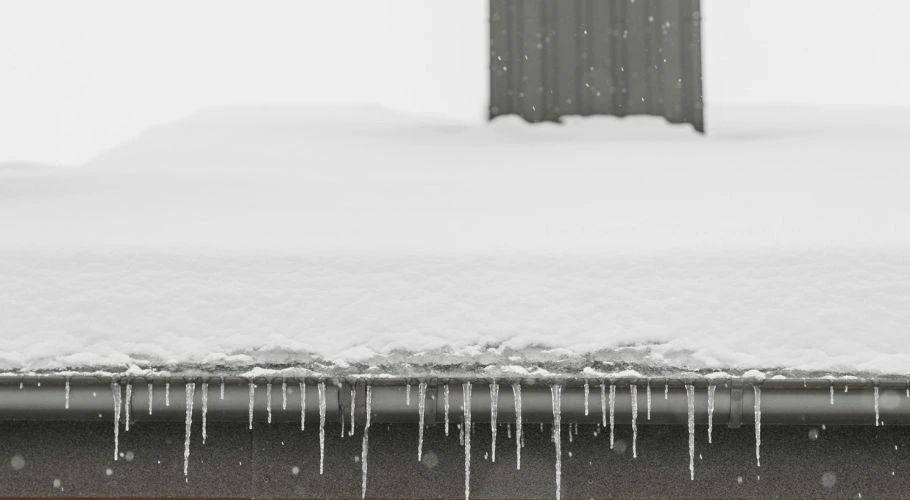
If you find ice dams on your roof, resist the urge to chip away at them with a hammer or pick. That’s a quick way to damage your roof and make the problem worse. Instead, you can use a calcium chloride ice melt product to slowly break down the ice. Fill a sock or nylon stocking with the ice melt and place it along the edge of the ice dam to target the blockage without hurting your shingles.
5. Stay Off the Roof
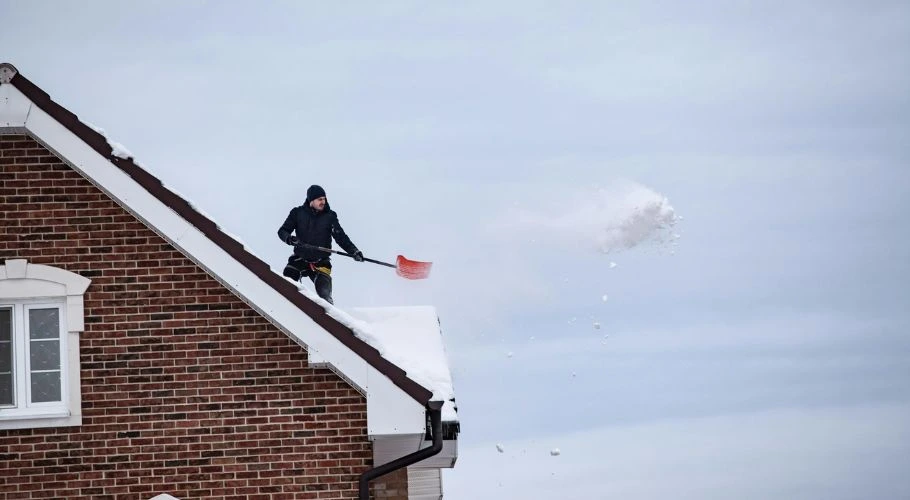
This one’s important: don’t climb onto your roof to clear snow. Even if you feel confident, snowy and icy surfaces are incredibly slippery, and the risk of falling is just too high for it to be worth it. Just use tools like roof rakes that let you work safely from the ground. And remember—if it seems like it’s too much work, you can always contact roofing contractors like Robbins Roofing for expert assistance.
How to Prevent Snow Buildup
Clearing snow is one thing, but preventing it from becoming a problem in the first place is even better. Here are some helpful tips to keep your roof in great shape during winter.
1. Check Your Attic
A warm attic is one of the main causes of ice dams. Heat escaping from your house melts the snow on your roof, and that water refreezes at the edges. To keep this from happening, make sure your attic has proper insulation and ventilation. Look for uneven insulation or blocked vents and fix them as needed to keep your roof at a stable, consistent temperature.
2. Install Heat Cables
Heat cables (also called heat tape) can be installed along your roof’s edges to melt snow and ice. These cables are especially helpful if your roof has had ice dam issues in the past. Make sure they’re installed by professionals to protect your roof or electrical system from damage.
3. Trim Overhanging Branches
Snowfall and ice can weigh down tree branches. This extra weight can break branches and cause them to fall onto your roof with enough force to leave damage. Not only will this cause damage, but it will also bring piles of collected snow to your roof. This can also happen in the face of bad weather or particularly windy days. To keep this from happening, regularly trim back any branches that hang too close to your house, as they can be real risks, especially during a snowstorm.
Call a Professional When Necessary
Some snow removal situations are just too risky and complicated to handle on your own. If you’re dealing with a steep roof, ice dams, and heavy snow buildup that can cause structural damage, it’s best to call a roofing expert.
Many homeowners trust Robbins Roofing when it comes to winter roof care and other residential roofing services. We’re here to make sure your home stays safe and sound this season!
Robbins Roofing Is Your Partner This Winter
Snow-covered roofs may look magical, but they come with their own set of challenges. When you follow the snow removal tips mentioned above, you can definitely avoid winter headaches. And if you need help from residential roofing experts, remember that Robbins Roofing is only a call away!
Visit our website or call us at (405) 376-4466 to learn more about our services.

